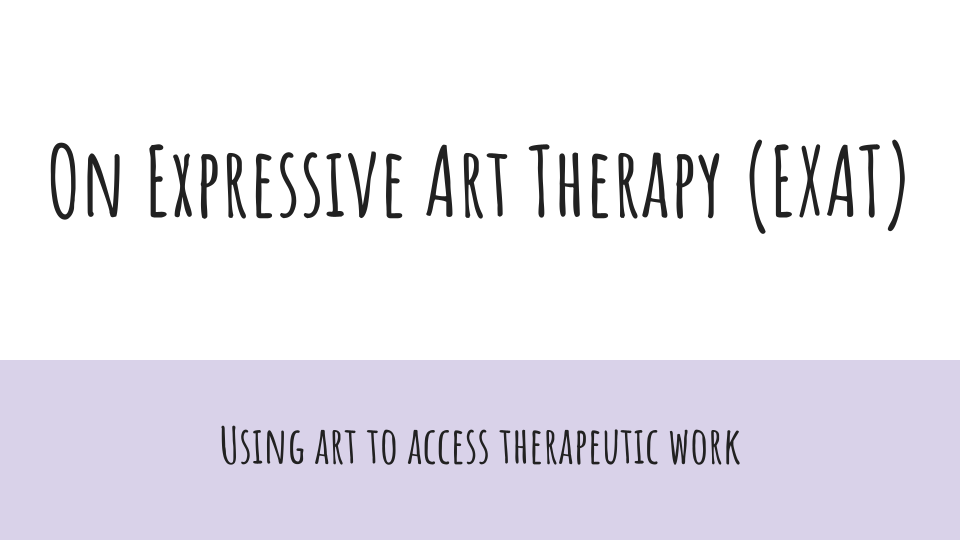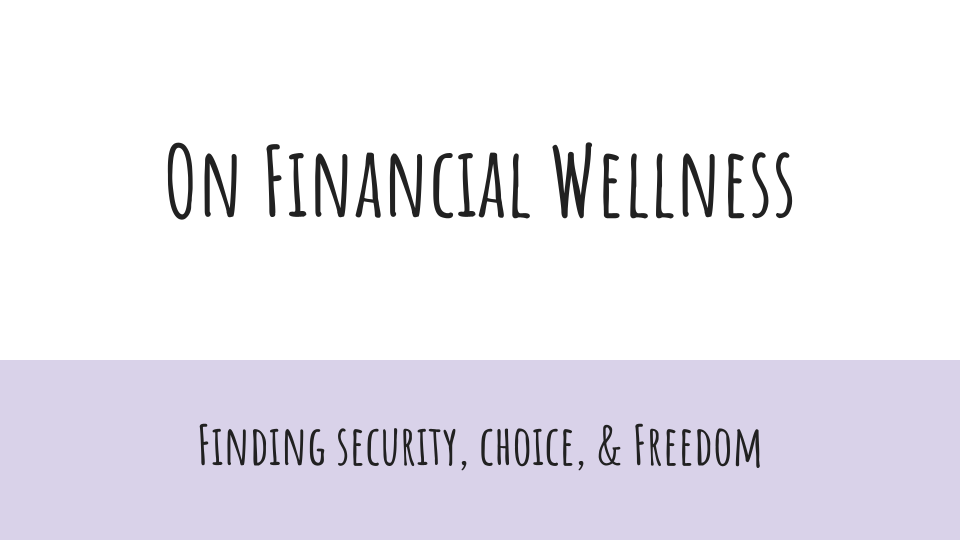On Ceremony
Ceremony is all about marking transition through an intentional space. Whether you are celebrating, grieving, or trying to access your deepest inner parts, ceremony has been shown to create a 'gateway' for depth work. Together we might discuss ways for you to plan a ceremony for yourself that suits your needs and therapeutic goals.
Below you will find resources related to Therapeutic Ceremonies.
More about Ceremony
What is Ceremony?
Ceremony is the intentional preparation and execution of a ritual or event designed to mark the opening or closing of a particular time in life. I highlight the word intentional because in my mind, one cannot have a true therapeutic ceremony without intention. Though today’s society holds ceremonies frequently (think birthdays, weddings, and funerals), rarely is there thought given to the ‘why’ behind the ceremony, and the intentions behind both the protagonist and the participating members.
Ceremony is the chance to identify this ‘why.’ Ceremony creates a portal between what was before the ceremony, and what will come after the ceremony.
Something that I love about this practice is the creative opportunity and flexibility that planning your own ceremony affords you. It is the chance to find meaning in something that maybe has felt meaningless, or at least outside of your control.
What are some examples of ceremonies?
Again, ceremonies have occurred for thousands of years, and still occur today. Other examples of ceremonies are:
Celebration of a job promotion
Commiseration after a breakup
The 7th inning stretch at a baseball game
While those ceremonies can be useful to process events, often they lack intention. The question becomes, ‘How can we create more intention to mark a transition?’ We can make a job promotion celebration intentional with proper planning and preparation. Here are some examples of ceremonies that you may not have heard about. These typically require significant planning:
A ‘Death Lodge’ to find closure from meaningful relationships
A ‘Vision Quest’ to find acceptance for unexpected life transitions
Fire rituals
Night vigils
etc
Each of these, and others, require much preparation and planning to enter and execute the ceremony with the appropriate intention. Often what arises during these ceremonies are not what is expected prior to the experience. It is important to set this strong container of intention so that you can remain flexible and open to whatever may come up during the ceremony.
How do I get started with thinking about a ceremony for myself?
Fortunately, not all ceremonies are ‘big events’ that require lots of people and lots of preparation. Sometimes a ceremony is setting aside time and space to write a ‘goodbye letter to substances.’ And then, sometimes it is a 3-day solo backpacking trip in the woods with no food, and that requires much more planning. You get to decide what you want and need for yourself and your ceremony. I will be there to assist with your intention-setting beforehand and processing afterwards.
Remember that this is your experience. Think of ceremony as a tool that you may or may not choose to add to your toolbox. Either way, I look forward to hearing more in our sessions together.
Ceremony Suggested Activities
Take time this week to consider the following activities related to exploring Ceremony. There are several different options for you to explore in case one modality works better for you. Please note that your Conversation Prompts can also make great Journal Topics.
Journal Topics
What does intention mean to me?
What sort of ceremonies am I comfortable with?
What are some ceremonies that I currently participate in without intention? What are some ways that I could create more intention around these events?
What are some upcoming transitions in my life that I could create a ceremony in order to deepen the meaning of the experience?
What would I hope to get out of this ceremony - i.e. what am I looking for?
What sort of container would I need to create for myself in order to make this ceremony both (1) meaningful and (2) safe? Who could support me with creating this ceremony?
What are other past transitions that I am still struggling with? (Often this could be a breakup, death, etc).
Is there a way to create a ceremony - or ceremonies - to intentionally move through and let go of these memories?
Again, what sort of container would I need to create for myself to make these ceremonies meaningful and safe?
Conversation Prompts
With your partner or trusted friends, discuss the possibility of these ceremonies:
What you are thinking about for these experiences.
What is coming up for you as you imagine processing the past.
How you plan to create intention for moving forward.
When and where you would like to hold these ceremonies.
Any assistance you might need, and their comfort in helping you.
Experiential & Artistic Activities
Artistically create the ‘threshold’ space you are attempting to move through - whatever that means to you. This could be an arch, doorway, liminal space, etc. Give yourself at least 30 minutes to draw/paint/sculpt this piece. Place it in a space where you are reminded to be intentional.
Spend time creating a ‘mock’ ceremony for yourself. Get practice with planning it out on paper. Notice your emotions as you answer the above questions. Bring these observations to our sessions together so we can process how you can move forward in an intentional, values-aligned way.
Additional Resources Related to Ceremony
Documents/Books on Ceremony
Soulcraft, by Bill Plotkin
The Hero with a Thousand Faces, by Joseph Campbell
Did you enjoy this chapter? Share the Classroom with your community!
Other Chapters in DEPTH/SPIRITUAL
Check out the Rest of the Classroom!
References
Al-Krenawi, A. (1999). Integrating cultural rituals into family therapy : A case study with a Bedouin-Arab patient in Israel. Journal of Family Psychotherapy, 10(1), 61–73.
Allen, K.N., & Wozniak, D. F. (2014). The Integration of Healing Rituals in Group Treatment for Women Survivors of Domestic Violence. Social Work in Mental Health, 12(1–6), 52–68.
Campbell, J. (2004). The hero with a thousand faces (Commemorative ed.). Princeton University Press.
Hill, N. R. (2007). Wilderness Therapy as a Treatment Modality for At-Risk Youth: A Primer for Mental Health Counselors. Journal of Mental Health Counseling, 29(4), 338–349. https://doi-org.proxy006.nclive.org/10.17744/mehc.29.4.c6121j162j143178
Mercer, J. (2014). Alternative Psychotherapies : Evaluating Unconventional Mental Health Treatments. Rowman & Littlefield Publishers.
Plotkin, B. (1950-). A. (2003). Soulcraft : crossing into the mysteries of nature and psyche / Bill Plotkin. New World Library.
Shapiro, E. L., & Ginzberg, R. (2002). Parting gifts: Termination rituals in group therapy. International Journal of Group Psychotherapy, 52(3), 319–336.
Thomas, V. (2020). Towards a deeper integration of creative methods in counselling: some thoughts about frameworks for practice. British Journal of Guidance & Counselling, 48(1), 21–29. https://doi-org.proxy006.nclive.org/10.1080/03069885.2017.1394443
















